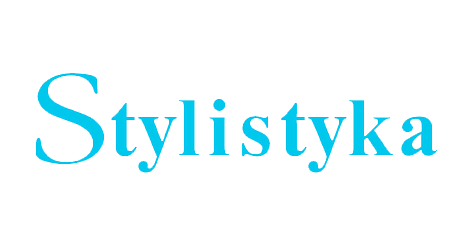

The article comprises the analysis of the metaphorical field “Appearance” in the Russian and Polish languages. In this respect, the author singles out the subgroups which are productively enriched by figurative naming units. It is emphasised, among other things, that figurative naming units are regular not in naming vitally important human organs, but in the nom ination of those parts of the body which reveal diversity from one human to another and can be evaluated from the point of view ‘attractive / unat[1]tractive’. The contrastive analysis in the linguocultural aspect leads to the conclusion that repre[1]sentatives of both ethnic groups demonstrate a more or less homotypic ideal of a good-lo[1]oking person. The differences are related to the degree of spread of certain types of appe[1]arances among the Russian and the Polish. The special attention is given to the fact that evaluative image-metaphor is concentra[1]ted mainly in the high-flown or, vice versa, in the low colloquial styles of speech, in which the expressive function is a dominant one. It is also of the great importance that, re[1]gardless the styles of speech, metaphors in both languages are formed by the same mo[1]dels, largely homotypic in the languages in question. The usage of the specific metaphorical naming units is connected with the cultural cha[1]racteristics of the two nations as well as with their specific perception of the world as a whole.
##plugins.themes.libcom.download_files##
##plugins.themes.libcom.cit_rules##